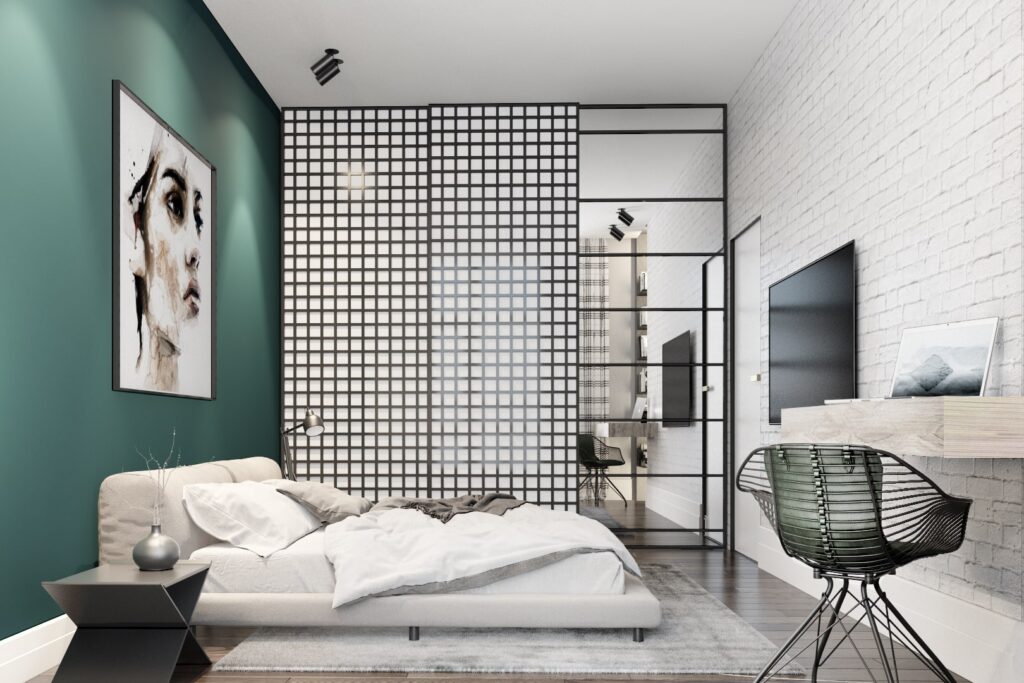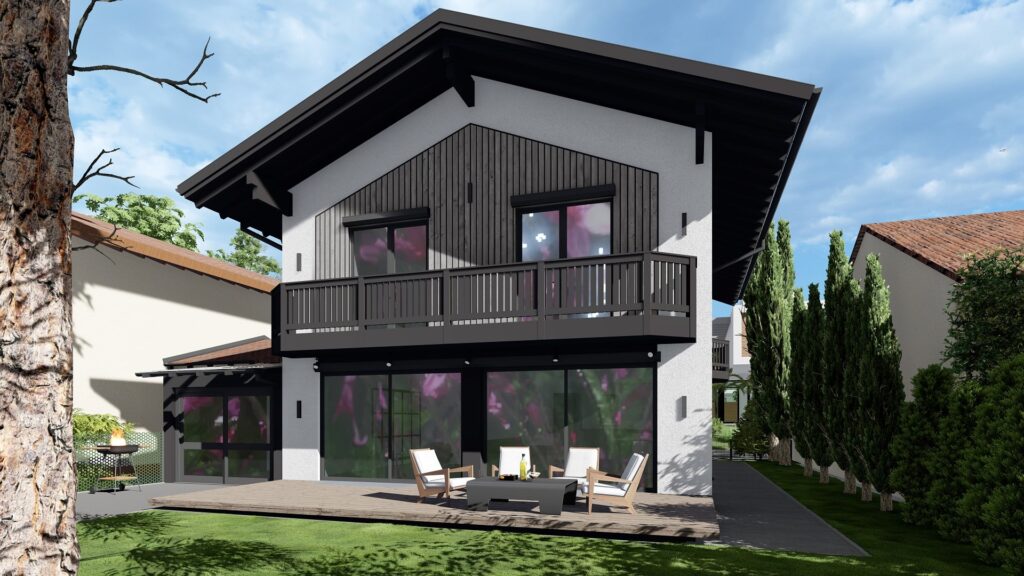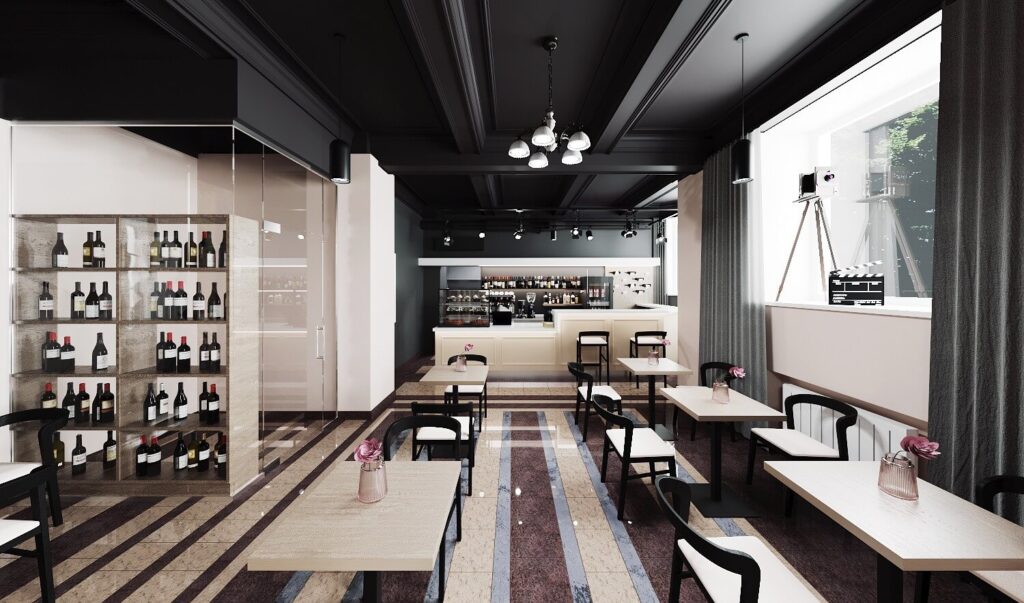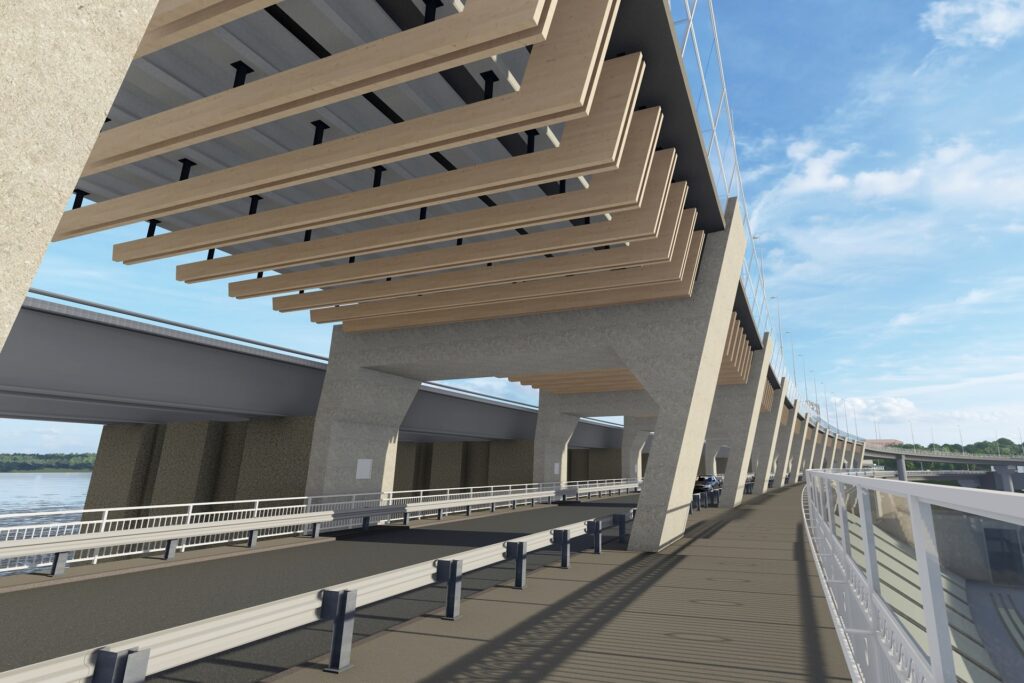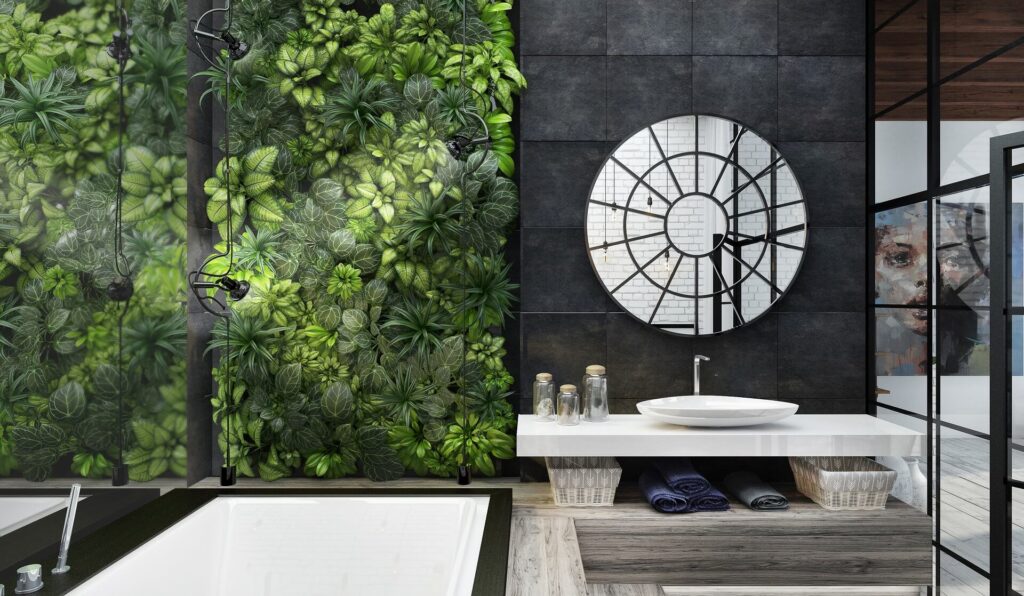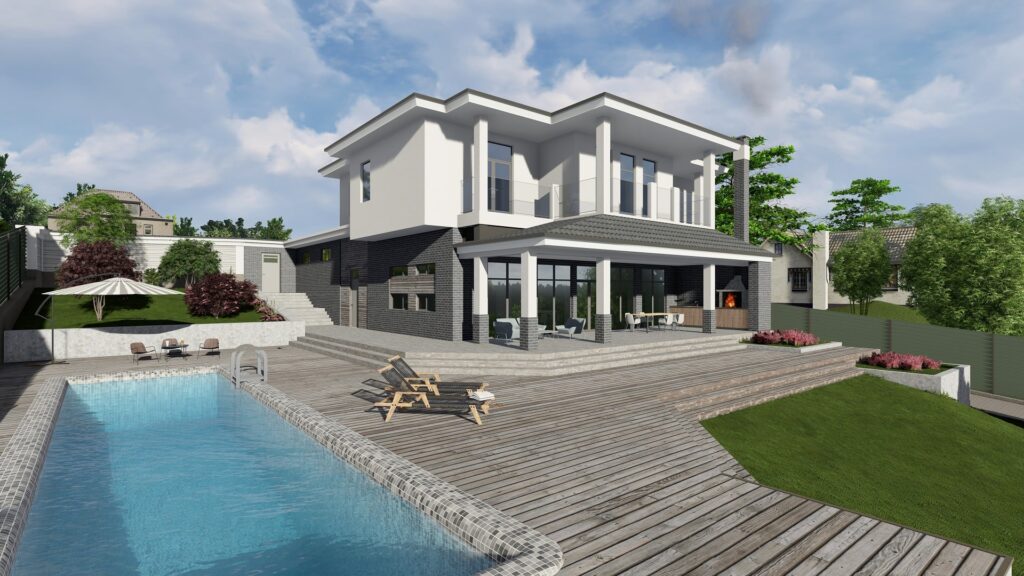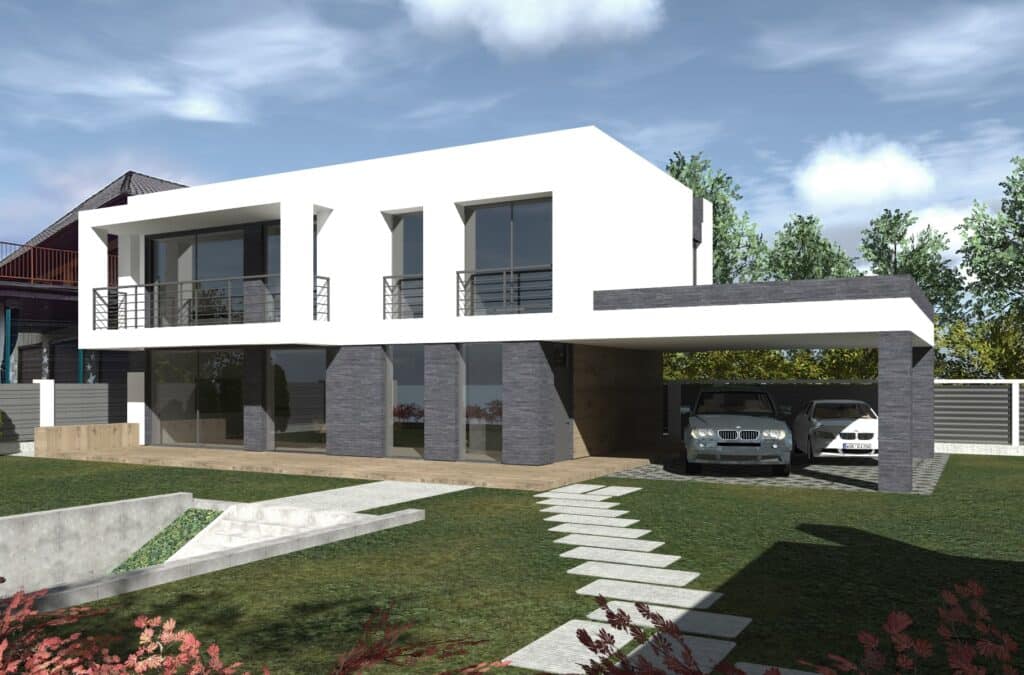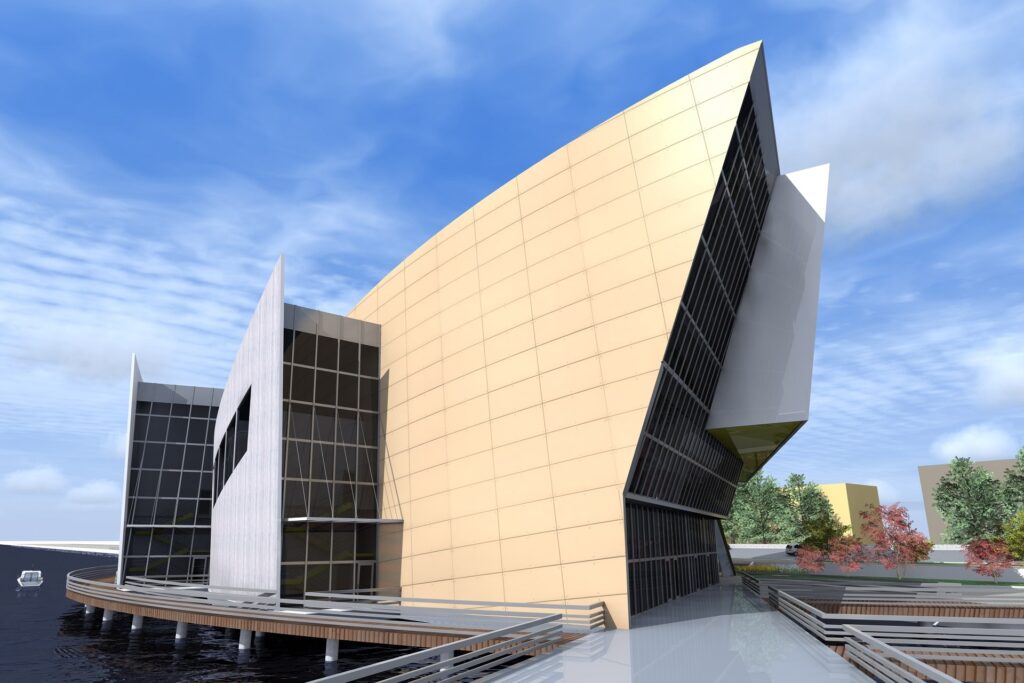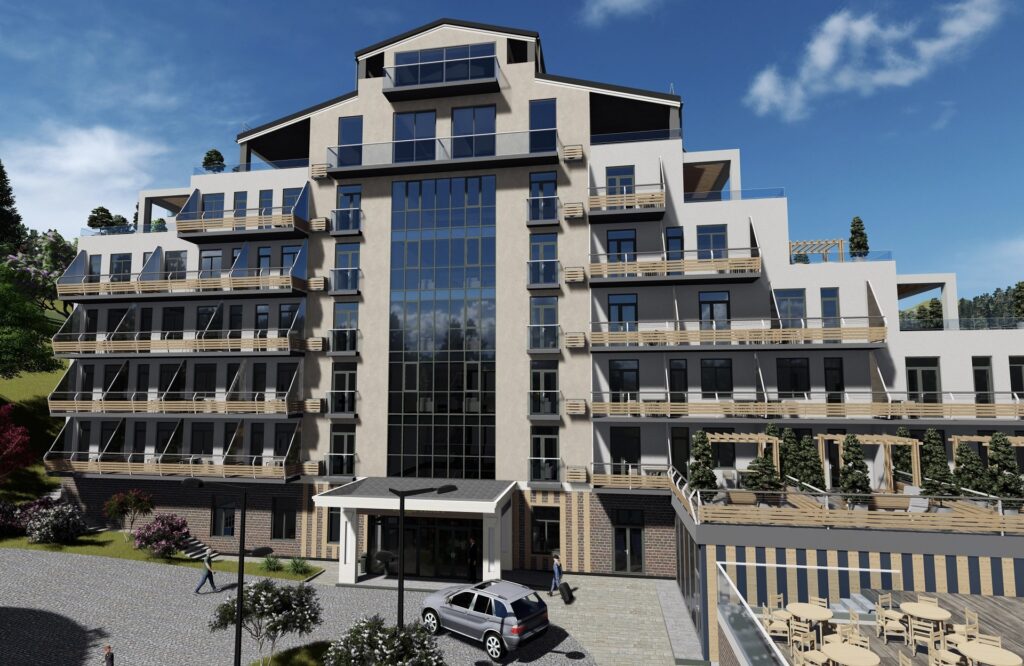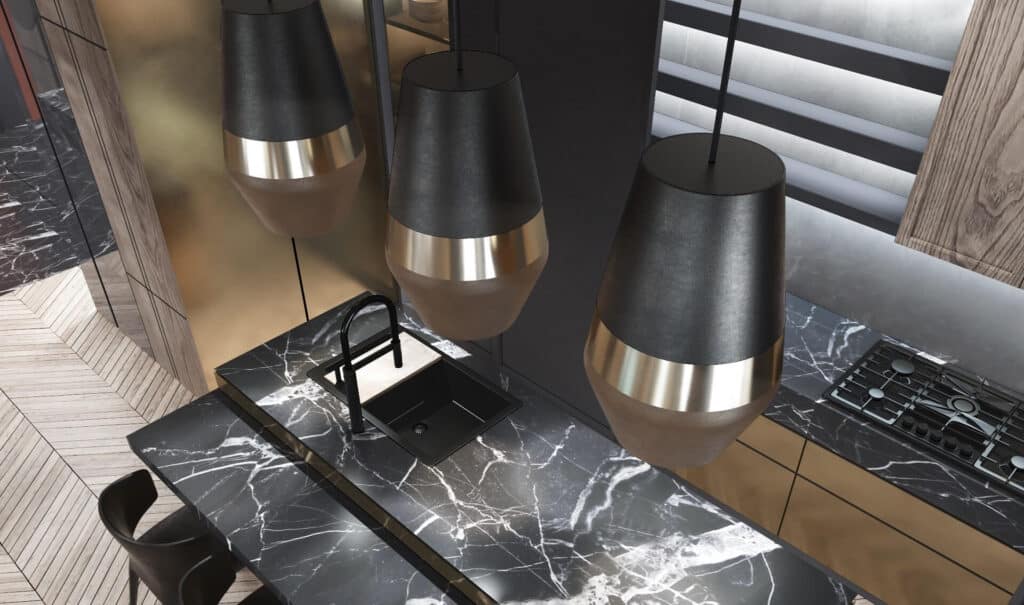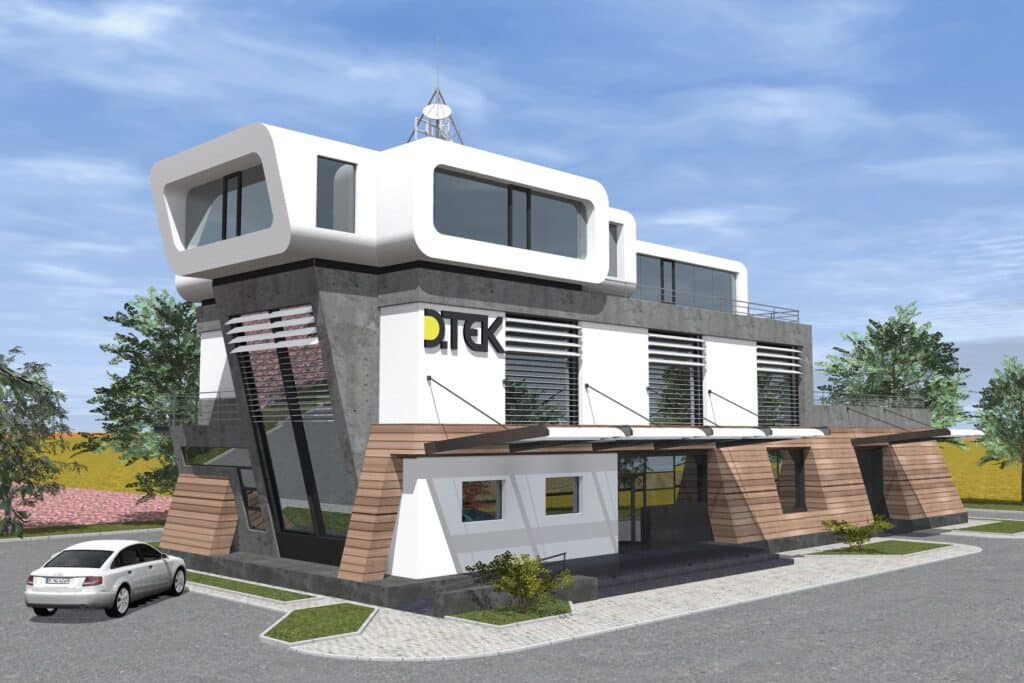Achieving Balance Between Shapes, Materials, and Colors in Interiors
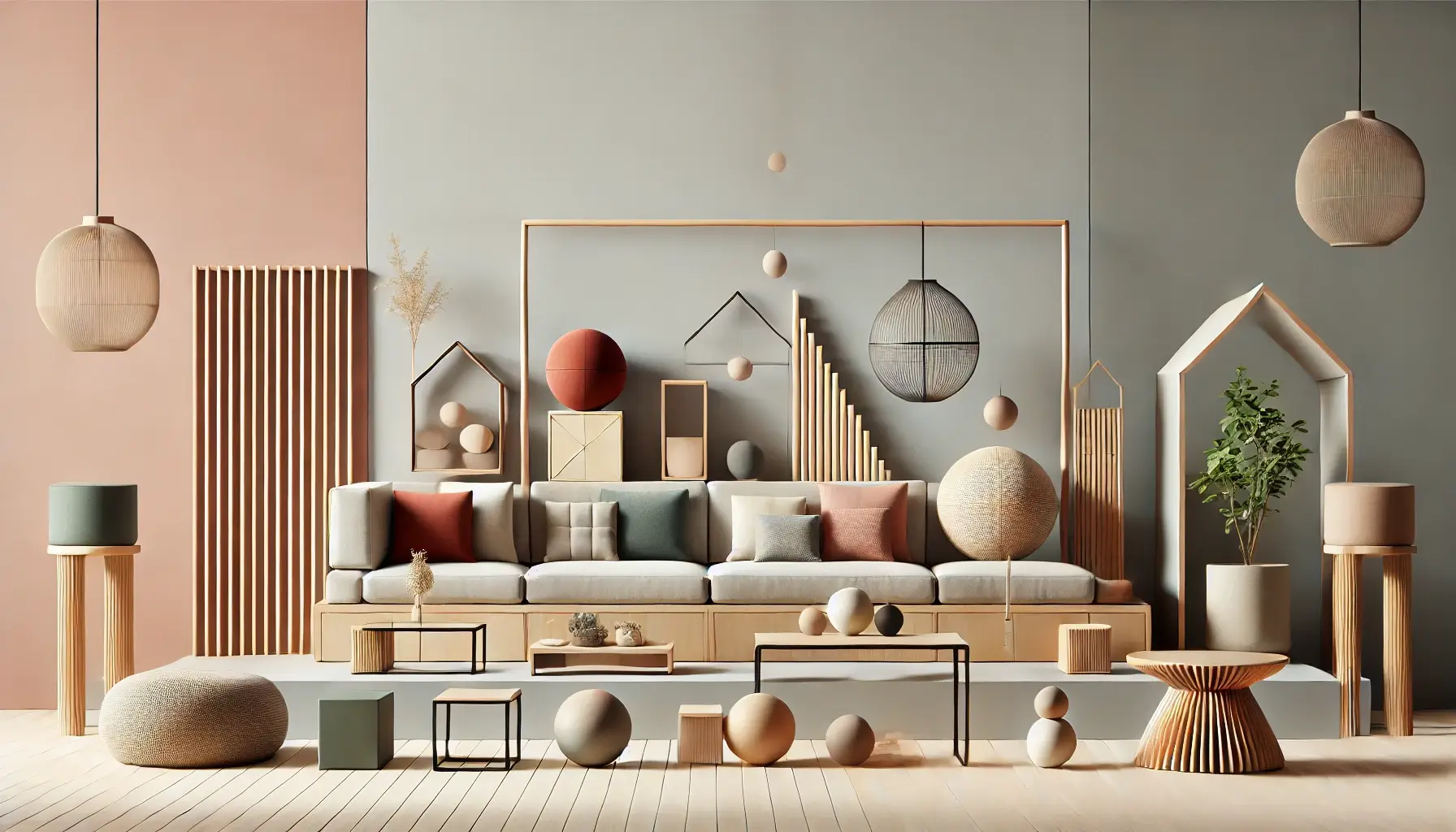
Introduction: The Art of Harmonizing Elements
In the world of interior design, achieving balance is an art form that goes beyond mere aesthetics. It requires a deep understanding of how shapes, materials, and colors interplay to create environments that are not only visually appealing but also functional and comforting. As a designer and architect, my journey into this intricate dance is guided by specific principles that inform every project I undertake.
Through this article, I invite you to explore how I balance these elements to bring life to spaces, ensuring each design is a unique reflection of its purpose and the people who inhabit it. By leveraging a comprehensive approach that encompasses everything from initial concepts to the final masterpiece, I aim to transform any space into a harmonious blend of creativity and practicality.
Understanding Shapes: The Foundation of Design
Shapes form the backbone of any design. They define the spatial dynamics and set the tone for how an interior communicates with its inhabitants.
🎨 Types of Shapes: There are numerous shapes to consider, each contributing differently to the overall design. Whether it’s the sharp edges of geometric shapes, which create a sense of modernity and order, or the soft curves of organic forms that bring warmth and serenity, selecting the right shape is crucial.
🏆 Balancing Shapes: Achieving a balance between different shapes is essential. This can be done by juxtaposing contrasting forms, such as pairing a round table with a rectangular room, or by maintaining a consistent theme throughout, such as using similar geometric shapes for furniture and decor elements.
🔍 Case Study: Consider a modern living room where a minimalist approach is desired. The use of a large rectangular sofa can be balanced with circular light fixtures and round coffee tables to soften the overall appearance without compromising on the sleekness of the design.
Selecting Materials: The Textural Dialogue
Materials dictate the tactile experience of a room, influencing both the aesthetic and functional attributes of a space.
🔍 Material Choices: The choice of materials—be it wood, metal, glass, or fabrics—affects the room’s character. Natural materials like wood bring warmth and texture, while metals add a touch of modernity and sophistication.
🎨 Combining Textures: An effective design leverages a mix of textures to add depth. For instance, pairing a smooth marble countertop with wooden cabinets can create an appealing contrast that enriches the environment.
🏆 Sustainable Approach: In today’s design, sustainability is key. Opting for eco-friendly materials not only enhances the aesthetic but also contributes positively to the environment. Bamboo flooring or recycled metal fixtures are excellent choices for those looking to maintain an ecological balance.
The Power of Color: Emotional Impact and Atmosphere
Color is perhaps the most powerful tool in a designer’s palette. It has the unique ability to evoke emotions and set the ambiance of a space.
🎨 Color Theory: Understanding color theory is essential to create harmonious interiors. Colors can be warm or cool, bold or subdued, each affecting mood differently. For example, blue tones often bring calmness, while reds can invigorate a space with energy.
🔍 Color Schemes: A well-thought-out color scheme can transform a mundane room into a vibrant living space. Monochromatic schemes offer a sophisticated look, while complementary colors can provide a dynamic visual appeal.
🏆 Balancing Colors: Achieving a balance in colors involves the strategic use of accent colors to break the monotony. A neutral palette can be enlivened with bold accents, like a bright yellow cushion or a vivid green plant, adding layers to the design.
Integrating Shapes, Materials, and Colors: A Symphonic Fusion
The true mastery in interior design lies in the seamless integration of shapes, materials, and colors.
🔍 Holistic Approach: Consider a holistic approach where each element complements the others. A circular wooden table (shape and material) paired with green chairs (color) can create an inviting dining space that is cohesive and balanced.
🏆 Room Analysis: Start by analyzing the room’s existing features. A room with high ceilings, for example, can be balanced with low-profile furniture and elongated light fixtures to maintain harmony.
🎨 Client-Centric Design: Each design should reflect the client’s personality and lifestyle. By understanding their preferences, you can tailor the interplay of shapes, materials, and colors to create a truly personalized space.
Case Studies: Lessons from Completed Projects
Through various projects, I’ve honed the ability to balance these elements, each offering unique insights and challenges.
🔍 Project A: Urban Apartment: In this project, sleek metal and glass shapes were used to reflect the urban landscape, while warm wood elements and earth-toned colors brought a sense of home and comfort.
🏆 Project B: Coastal Retreat: Here, organic shapes reminiscent of waves were combined with soft, natural fabrics and a color palette inspired by the ocean, creating a serene getaway that resonated with the surrounding environment.
🎨 Lessons Learned: Each project reinforces the importance of adaptability, attention to detail, and the willingness to experiment with new combinations to achieve the desired balance.
Conclusion: The Continuous Journey of Design
Balancing shapes, materials, and colors in interiors is not a finite task but an ongoing journey of exploration and adaptation.
🔍 Evolving Trends: As trends and technologies evolve, so does the approach to achieving balance. Staying updated with the latest developments allows for fresh and innovative designs.
🏆 Reflective Practice: Constant reflection on past projects and continuous learning are essential. Each design offers lessons that can be applied to future endeavors.
🎨 The Designer’s Vision: Ultimately, the goal is to create interiors that resonate with the people who use them, combining aesthetics with functionality to enhance the quality of life. This harmonious blend is the essence of my work as a designer and architect, and it remains the guiding principle behind every project I undertake.

